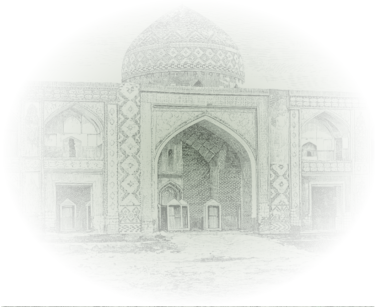Babakishi is a village in the Echmiadzin uezd of the former Iravan governorate, later in the former Abaran district, and currently in the Aragatsotn province. The village was integrated into the former Nairi district in 1972. The provincial centre lies 34 km to the southeast of the town of Hrazdan, by the canal flowing from the Zangi River and at a height of 1,800 m above sea level. It was marked on the five-verst map of the Caucasus. There are 10th–14th- century historical monuments in the village.
The village was inhabited solely by Azerbaijanis – 72 in 1831, 268 in 1873, 435 in 1886, 431 in 1897, 483 in 1904, 573 in 1914 and 471 Azerbaijanis in 1916. The village was exposed to Armenian aggression in 1918 and its local inhabitants, the Azerbaijanis, were deported from their historical-ethnic land where the Armenians deported from Türkiye were settled. It is indicated that Armenians went there from Tiflis; the Turkish provinces of Alashkirt, Mush, Sasun and the Iranian provinces of Khoy and Salmas in 1829. Following the establishment of Soviet power in the present- day Armenian territory, four Azerbaijanis lived in the village, along with the Armenians in 1922 and 1931. They were ousted from the village in the mid 1930s. At present, the village is solely inhabited by Armenians.
The toponym was created on the basis of the personal name “Babakishi”. It is an anthropotoponym.
The village was renamed “Buzhakan”. According to the law “On the administrative-territorial division of the Republic of Armenia” dated 7 November 1995, it was integrated into the administrative territory of the Kotayk province. Geographic coordinates: latitude: 40°27′ N., longitude: 44°14′ E.
